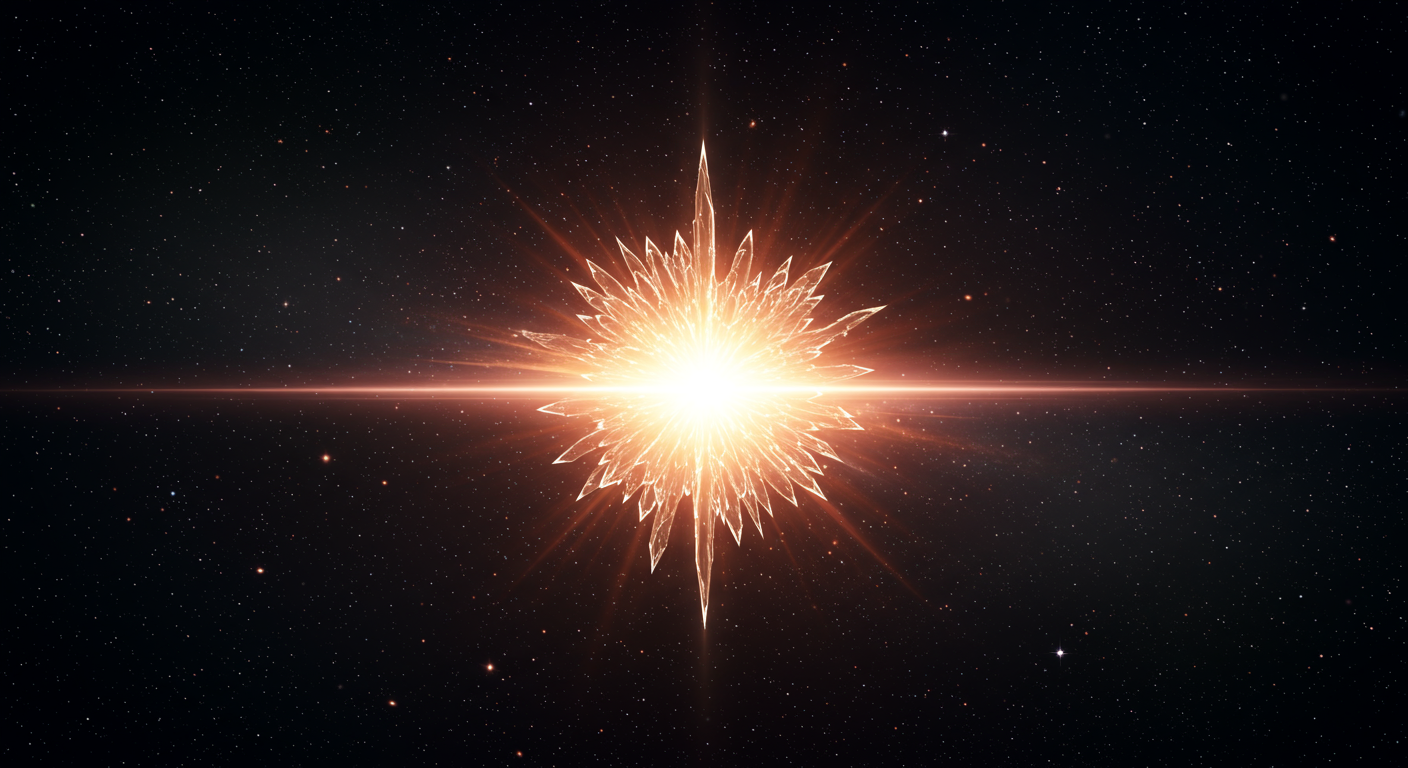Non-Gaussian Likelihoods for Type Ia Supernovae Cosmology: Implications for Dark Energy and $H_0$

In a new study, 2312.02075, led by Toby Lovick and co-authored by Suhail Dhawan and Will Handley, our group explores the statistical nuances of Type Ia supernovae (SNe Ia) data, revealing critical insights for the study of dark energy and the persistent Hubble tension. This work leverages the power of advanced Bayesian methods to scrutinize not only cosmological models but also the very statistical assumptions we make when analyzing cosmological data.
Reaffirming the Standard Model with Advanced Statistics
Type Ia supernovae have long been our “standard candles” for measuring cosmic distances, famously leading to the discovery of the universe’s accelerated expansion (10.1086/300499, 10.1086/307221). Our paper utilizes the latest and most comprehensive SNe Ia catalogue, Pantheon+ (10.3847/1538-4357/ac8e04), to perform a rigorous Bayesian model comparison across a suite of dark energy theories. These include:
- The standard Flat $\Lambda$CDM model.
- Models with spatial curvature ($\Lambda$CDM).
- Models with a constant but non-vacuum equation of state for dark energy ($w$CDM).
- Dynamical dark energy models like Slow Roll, Algebraic Thawing, and Growing Neutrino Mass.
- A modified gravity theory (Bimetric Gravity).
Employing the nested sampling algorithm PolyChord (10.1093/mnras/stv1911), a key tool developed within our group, we calculate the Bayesian evidence for each model. This method inherently applies an “Occam’s razor,” penalizing models for additional complexity that doesn’t significantly improve the fit to the data. The result is unequivocal: the Pantheon+ data shows a decisive preference for the simpler Flat $\Lambda$CDM model, with several more complex alternatives being rejected with moderate evidence.
Beyond Gaussianity: A More Accurate Model of Supernova Scatter
The most innovative aspect of this work goes beyond comparing cosmologies to question the statistical framework itself. Cosmological analyses typically assume that the noise, or scatter, in the data follows a multivariate Gaussian distribution. Our analysis reveals that this is not the most accurate description for the Pantheon+ Hubble residuals. The observed distribution is more peaked than a Gaussian, a property known as leptokurtosis.
To address this, we extend our Bayesian methodology to compare different models for the data’s scatter. We find that the standard Gaussian likelihood is outperformed by two alternatives:
- A Scaled Gaussian: A simple model that uniformly rescales the covariance matrix, finding the data is less scattered than assumed.
- A Multivariate Student’s t-distribution: A more sophisticated model that naturally arises when accounting for uncertainty in the estimation of the covariance matrix itself.
Both of these alternative likelihoods achieve a significantly better fit to the data, with the Student’s t-distribution increasing the Bayesian evidence by $\Delta \log \mathcal{Z} = 2.46$. This indicates that the data strongly prefers a non-Gaussian treatment of its intrinsic scatter.
Sharpening the Hubble Tension
This improved statistical treatment is not merely a technical exercise; it has a profound impact on one of the most pressing problems in cosmology today—the Hubble tension. By more accurately modeling the data’s scatter, our analysis yields a tighter constraint on the Hubble constant. Marginalizing over all tested cosmological and likelihood models, we find:
$H_0 = 73.67 \pm 0.99 $ km s$^{-1}$ Mpc$^{-1}$
This result is in excellent agreement with other local measurements but increases the tension with the value derived from the cosmic microwave background by the Planck satellite (10.1051/0004-6361/201833910) to a formidable $5.7\sigma$. Our work demonstrates that refining our statistical methods is just as crucial as collecting more data, and that a careful treatment of uncertainties can sharpen our view of the cosmos and its fundamental tensions.



Content generated by gemini-2.5-pro using this prompt.
Image generated by imagen-3.0-generate-002 using this prompt.